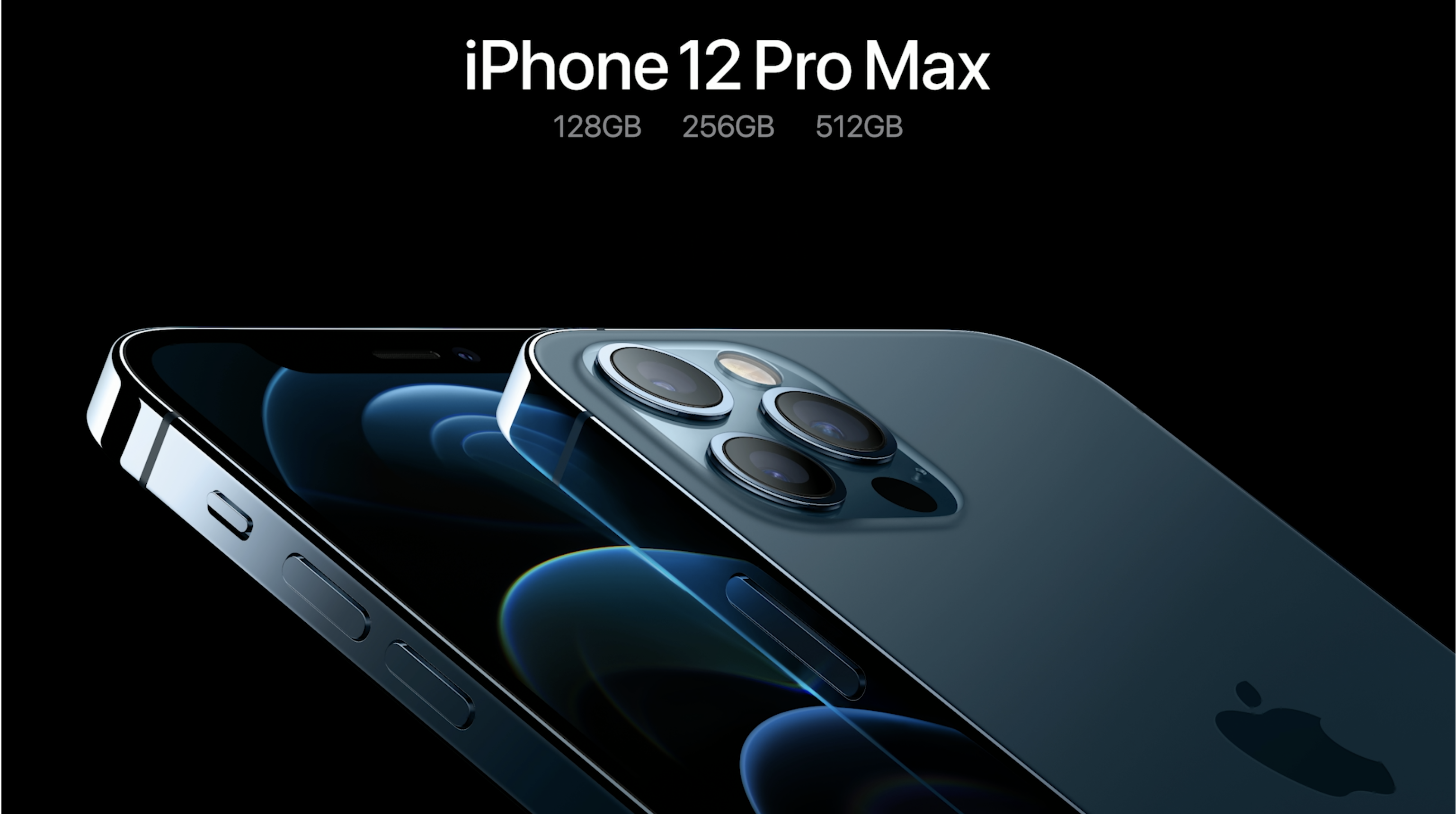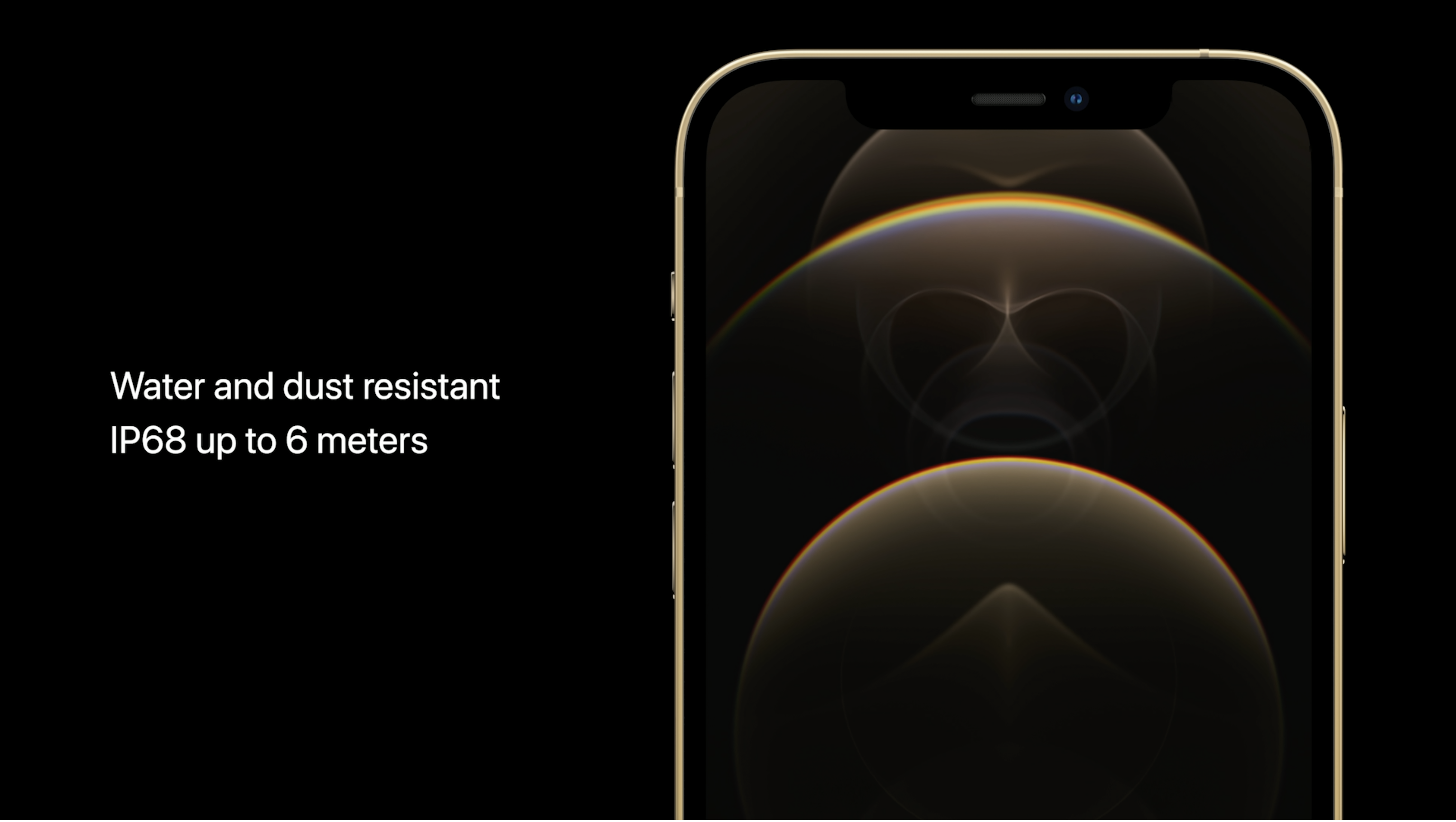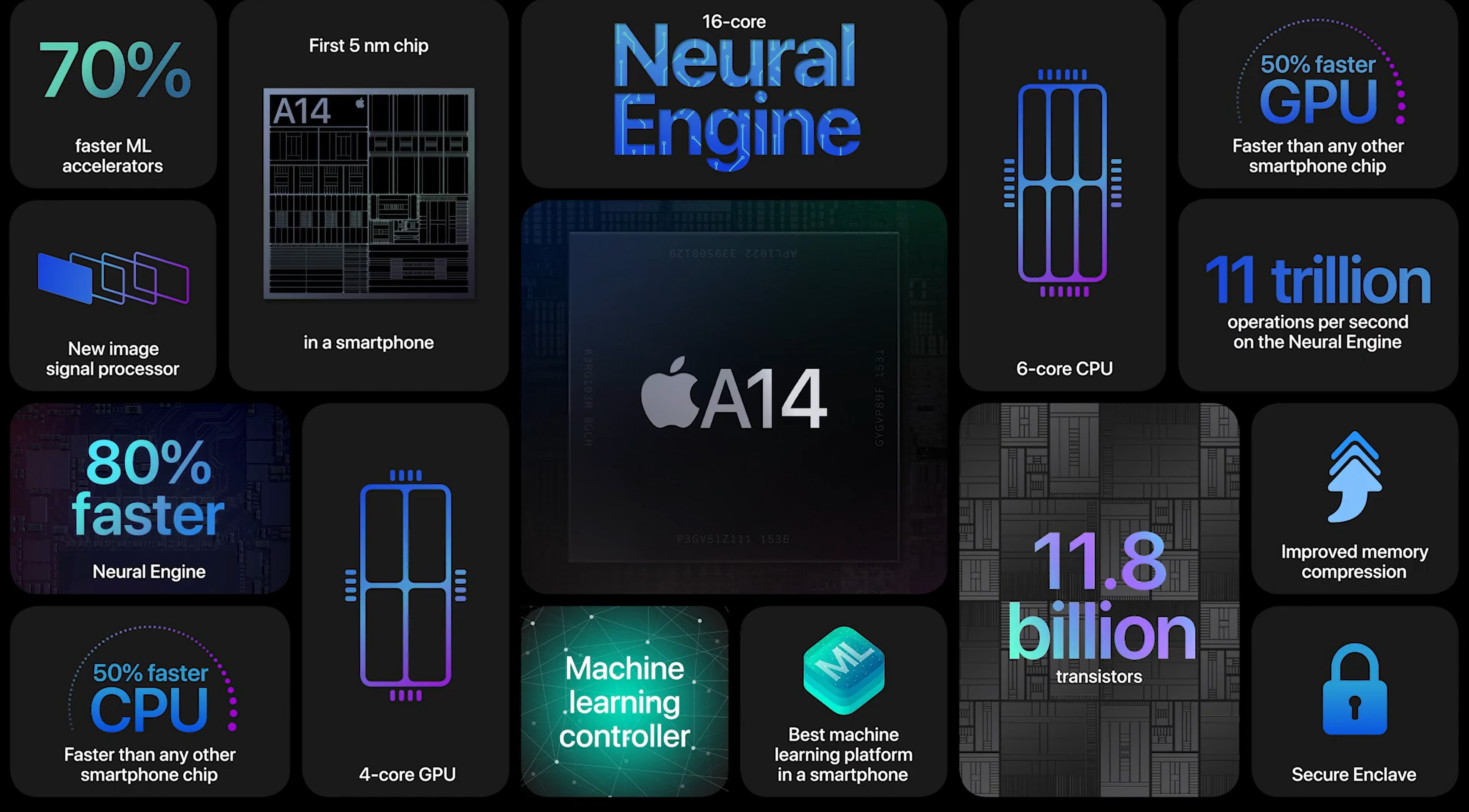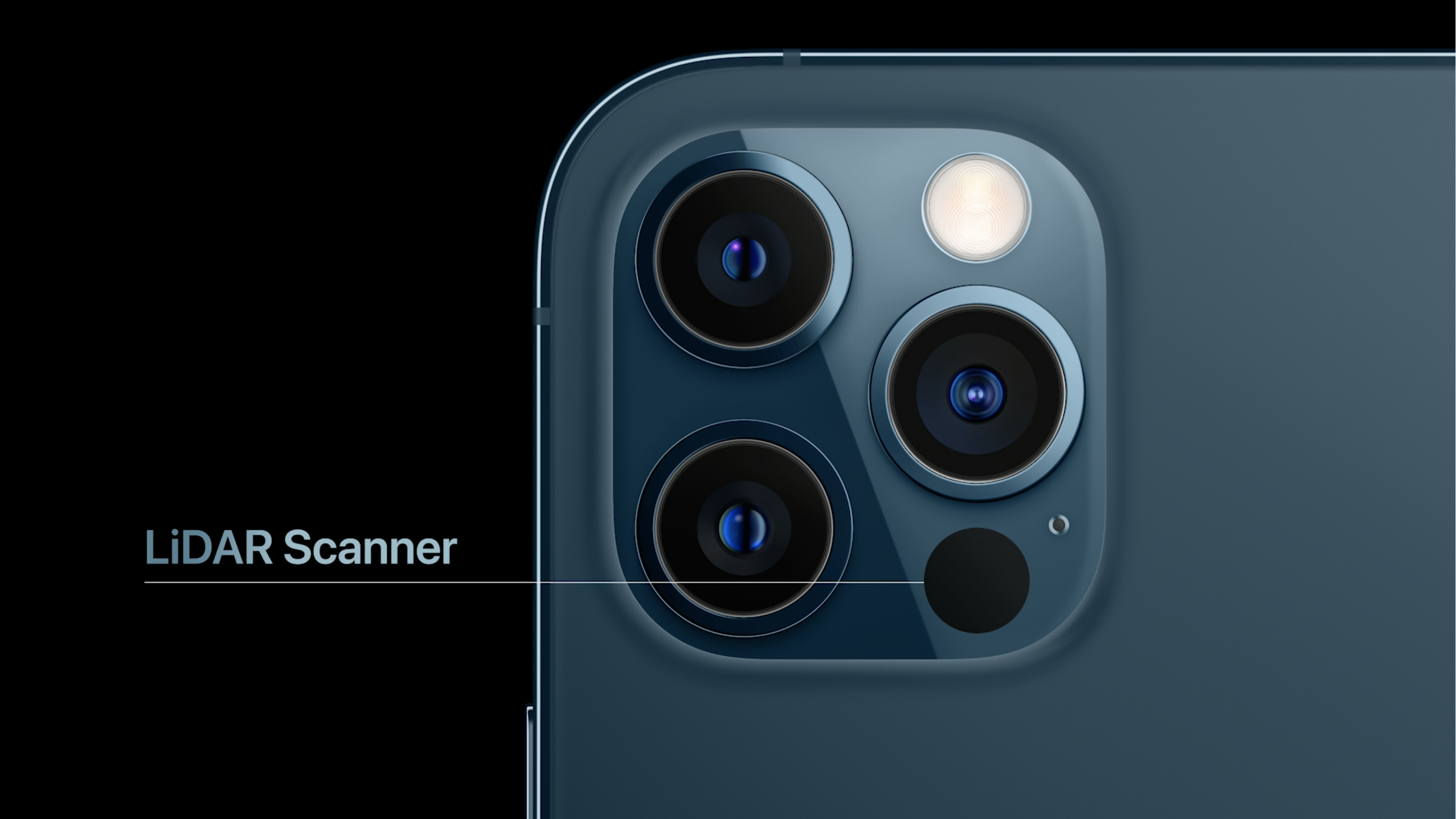iPhone 12 Pro and iPhone 12 Pro Max unveiled: Price, release date, specs and more
The iPhone 12 Pro and the iPhone 12 Pro Max are finally here!

Apple's iPhone 12 Pro and iPhone 12 Pro Max have launched with major upgrades across the board, including the addition of 5G connectivity, improved cameras, better image processing, larger displays, and screens that are, according to Apple, four times more rugged than their predecessors'.
In an event that had a distinctly eerie vibe due to the empty seats in the Apple auditorium, the iPhone 12 Pro and iPhone 12 Pro Max were presented as the ultimate 5G handsets, with Verizon's CEO Hans Vestberg claiming that download speeds of up to 1Gbps can be achieved via its Ultra Wideband network.
- Best Prime Day Apple deals: MacBook Air hits all-time low, iPad Pro price drop
- Best Prime Day phone deals: Up to $350 off select devices
- MacBook Air vs. MacBook Pro: Which MacBook Should You Buy?
And the new iPhone features custom 5G antennas and radio components, with Apple having optimized the whole stack, from hardware to software, and this includes the iOS framework, which enables you to get the benefits of 5G without using more power.
iPhone 12 Pro and iPhone 12 Pro Max price and release date
iPhone 12 Pro and iPhone 12 Pro Max will be available in 128GB, 256GB, and 512GB models in graphite, silver, gold, with the nice addition of pacific blue. Prices start at $999 and $1,099, respectively. Customers can also get iPhone 12 Pro for $29.12 a month, or $699 with trade-in.
iPhone 12 Pro Max is available for $30.37 a month, or $729 with trade-in, from apple.com, in the Apple Store app, and at Apple Store locations.
Customers in Australia, China, Germany, Japan, the UK, and the US will be able to pre-order iPhone 12 Pro beginning at 5 a.m. PDT on Friday, October 16, with availability beginning Friday, October 23.
Pre-orders for the iPhone 12 Pro Max begin at 5 a.m. PST on Friday, November 6 before the phones launch on Friday, November 13.
Sign up to receive The Snapshot, a free special dispatch from Laptop Mag, in your inbox.
iPhone 12 Pro and iPhone 12 Max design
One of the stand-out features in the design of the iPhone 12 is a new screen, which the company calls 'Ceramic Shield.' Apple says will be the toughest glass on any smartphone to date. It has been produced using a method of high-temperature crystallization, which makes it four times more durable than the screen on the iPhone 11.

The iPhone 12 Pro models also come with an industry-leading IP68 rating, which means they can be submerged in up to 6 meters of water for a duration of up to 30 minutes; more practically, though, it means you don't have to worry about quick dips and spills.
All new iPhones also feature new MagSafe for iPhone technology, which enables more precise, wirelss charging, by centring the phone when it's placed on a charge unit. But as well as charging, the new system enables accessories, such as cases and card holders, to snap onto the back of the iPhone.
iPhone 12 Pro and iPhone 12 Max display
With larger, edge-to-edge displays with reduced borders, the 6.1-inch iPhone 12 Pro and 6.7-inch iPhone 12 Pro Max feature a Super Retina XDR display with systemwide color management for industry-leading color accuracy.

And the iPhone 12 Pro Max offers the largest display ever on an iPhone and the highest resolution with nearly 3.5 million pixels for a remarkable, true-to-life viewing experience. These OLED displays bring HDR video content to life, reaching 1,200 nits peak brightness.
iPhone 12 Pro Max performance
Much was made of the performance increase in the new iPhone 12 Pro and Pro Max, and the numbers are certainly impressive. The new chipset in the iPhone 12 is an A14 Bionic chip and is Apple's first built on 5nm technology. Put simply, this means a lot more can be included on a chipset, and according to chip-maker TSMC, the new 5nm node will reportedly deliver a 1.8x greater density over 7nm, and 15% higher clock speeds at the same power; or reduce power consumption by 30% (we're yet to see which Apple has opted for).

And if you're looking for big numbers, you can now get 11.8 billion transistors onto Apple's latest chip, which is a 40% increase on the A13.
The A14 is also 50% faster than its predecessor, boasting a 6-core CPU, and a four-core GPU, which greatly improves image quality and efficiency, speeding up graphics processing by 50%. Which takes us on to the camera.
iPhone 12 Pro and iPhone 12 Max cameras
Perhaps the standout feature in the new iPhone 12 is what Apple has done to both the hardware and software that powers its imaging.
Thanks to improvements in processing, machine learning is now capable of far more image processing with a neural engine that supports 8-16 cores, delivering up to 80% faster performance.

The cameras have been redesigned from the ground up, with a new dual-camera system, which boasts a 12-megapixel ultra-wide camera with a 120-degree viewing angle. Elsewhere, there's a 12-megapixel telephoto lens with a 4x optical zoom range.
And machine learning enables pixel-by-pixel processing in the new iPhone, with the Deep Fusion system using the A14 sensor to capture multiple images, which the CPU then computes and aligns, before pre-processing takes place via the GPU, with the final stage seeing images run through a neural engine to apply the correct enhancements to the image. And this functionality is available via all four cameras, including a front-facing lens. This has resulted in a 27% improvement in low light functionality.

Night mode is an area where the iPhone has excelled in recent years, and Apple’s Smart HDR3 technology uses machine learning to bring out details in specific parts of an image.
Elsewhere, optical image stabilization has been achieved using sensor shift. This stabilises the senor, rather than the lens, on the x/y axis, and it cancels out low and high frequency vibrations that might blur an image. And thanks to up to 5,000 micro adjustments per second, the camera can stabilise an image with an exposure time of up to 2 seconds.
Apple hasn’t pulled any punches in the video department, either, with HDR video recordings available for the first time, giving users the ability to record in 10-bit HDR, with up to 10 million colors. And when you record video, which is captured at 4k and 60fps, you even get a live preview of HDR content on the XDR display.
Developing...
